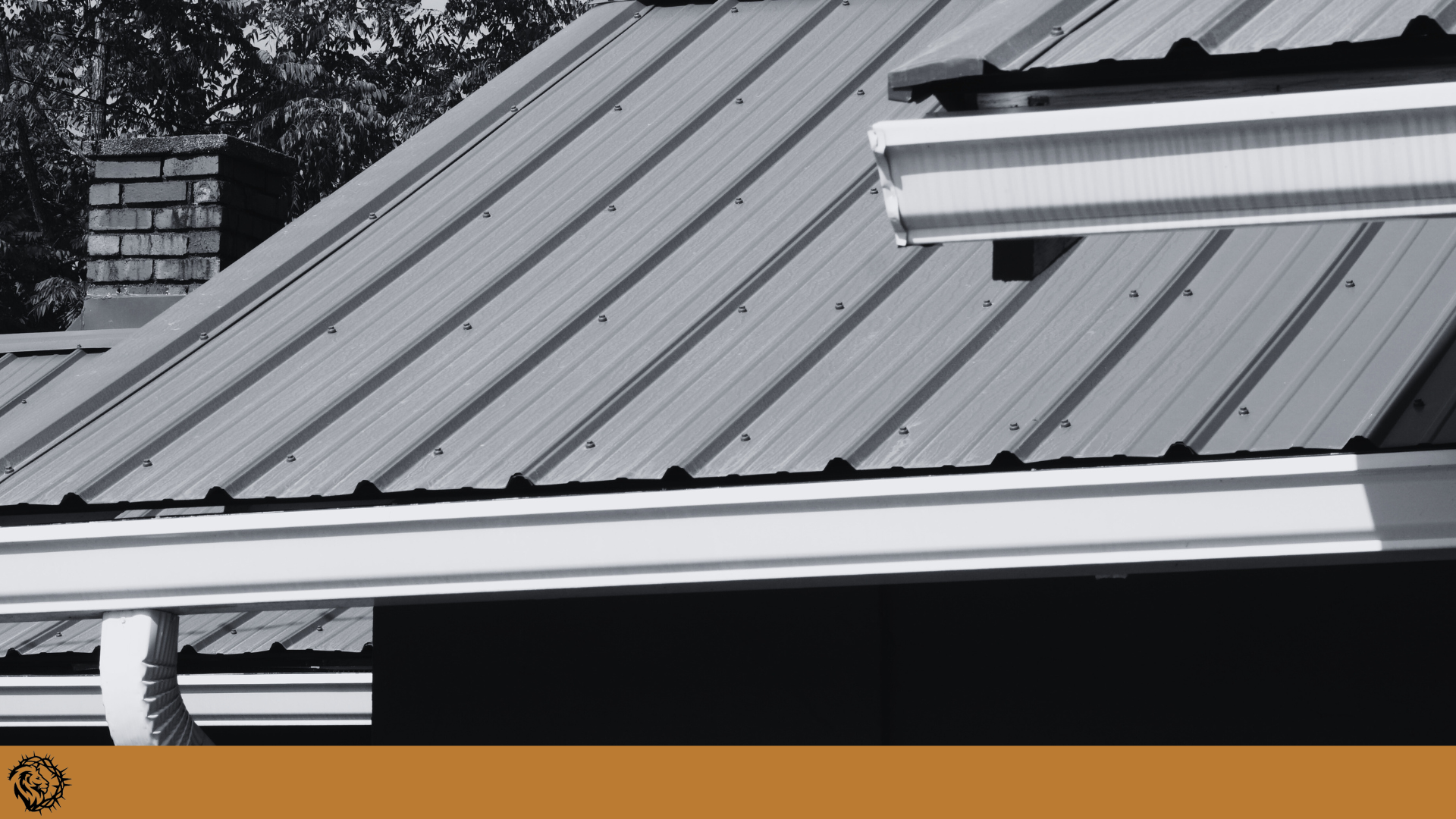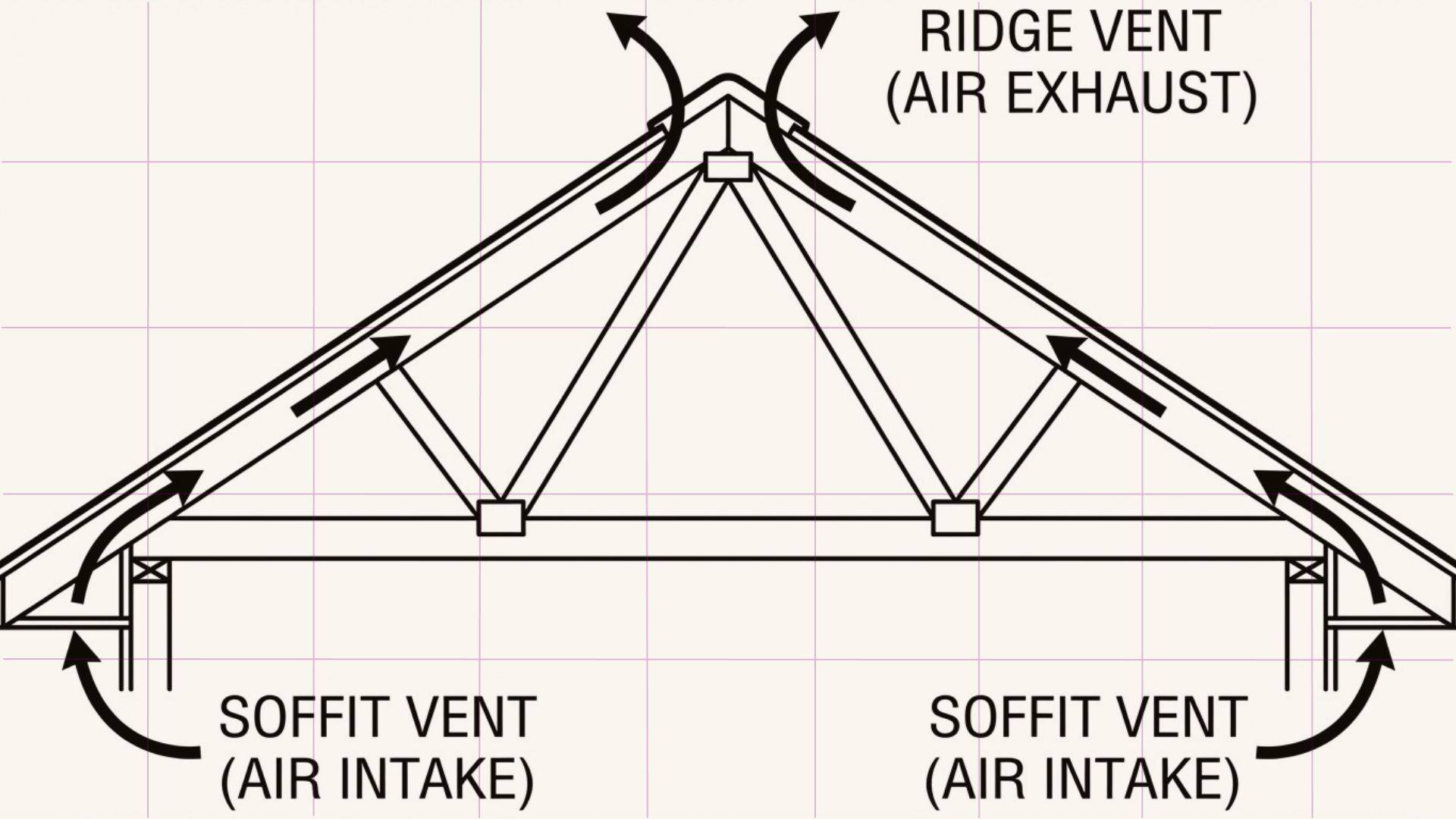A full roof replacement is a major undertaking, and it’s smart to question every part of the process—including what happens to your gutters. Homeowners often ask us, “Do I really need to replace my gutters at the same time as my roof?” It’s a valid question driven by the need to manage a significant budget and avoid unnecessary costs.
The direct answer is no, you are not required to replace your gutters when you replace your roof. However, making this decision is about more than just possibility; it’s about predictability and long-term value. At RocStout Roofing, our “No Surprises” process is designed to give you a clear understanding of the risks and benefits, ensuring the decision you make today doesn’t create unexpected problems tomorrow.
When Keeping Your Gutters Makes Sense
There are specific situations where preserving your existing gutters is a perfectly logical and cost-effective choice. We’ll recommend this path if your gutter system meets these criteria:
-
They Are in Excellent Condition: If your gutters are relatively new, free of rust, dents, and sagging, and are managing water flow effectively, there is no immediate need for a replacement.
-
Your Budget is Focused on the Roof: A roof is your home’s primary shield. If your budget is tight, it’s critical to allocate funds to a high-quality roofing system first and foremost. Postponing the gutter expense can be a sound financial decision, provided they are in good shape.
The “No Surprises” Guide to Potential Risks
While keeping your gutters is possible, our commitment to a process-driven approach means we must be transparent about the potential downsides. Foregoing a gutter replacement can introduce risks that may lead to future costs and headaches.
-
Risk of Damage During Installation: A roof replacement is a demanding process. Despite every precaution, there is always a risk that falling debris or ladders could dent or damage existing gutters. Repairing them after the fact is an avoidable complication.
-
A Mismatched Lifespan: A brand-new roof will last for decades. If your gutters are already 10-15 years old, they will likely need to be replaced long before your new roof does. This means a second, separate project down the line, which could risk damaging your new shingles.
-
The Missed Opportunity for a Complete System: Replacing both components at once ensures you have a perfectly integrated system. This is the ideal time to upgrade to seamless gutters, ensure perfect alignment with the new roof edge, and create a cohesive, updated look for your home’s exterior.
-
Potential Insurance Oversights: In many storm-related projects, the gutters have sustained as much damage as the roof. We often find that a professional assessment can justify including new gutters in your insurance claims, making it a financially prudent decision to replace them at the same time.
Our Process: Integrated Roof & Gutter Replacement
For homeowners whose gutters are aging, showing signs of wear, or for those who simply want a completely new and reliable system, replacing them with the roof is the most efficient, predictable path forward.
Here’s why bundling the projects is often the better long-term strategy:
-
One Project, One Team: It streamlines the process, ensuring both systems are installed to work together perfectly without the risk of one trade damaging the other’s work.
-
Cost Efficiency: Combining the projects can often lead to savings on labor and materials compared to commissioning two separate jobs.
-
Guaranteed Performance: Starting fresh with a new roof and new gutters gives you the ultimate peace of mind that your entire water management system is sound, preventing issues like premature roof repair caused by failing gutters.
The Right Decision Starts with a Clear Assessment
Ultimately, the choice to keep or replace your gutters comes down to a careful evaluation of their condition, your budget, and your long-term goals. You shouldn’t have to make that assessment alone.
At RocStout Roofing, our process begins with a thorough and honest inspection of your entire roofing system—including your gutters. We provide you with a transparent recommendation based on facts, not guesswork. We’ll tell you if your gutters have years of life left in them or if replacing them now is the smarter, more cost-effective investment.




